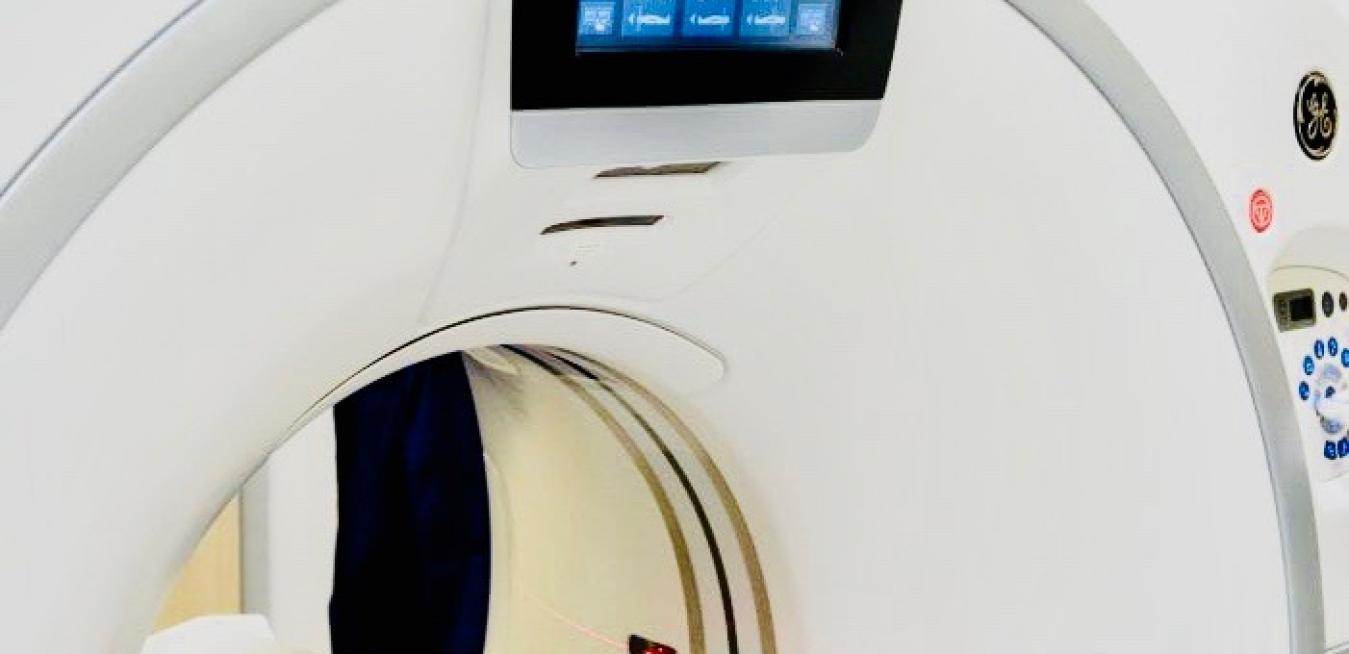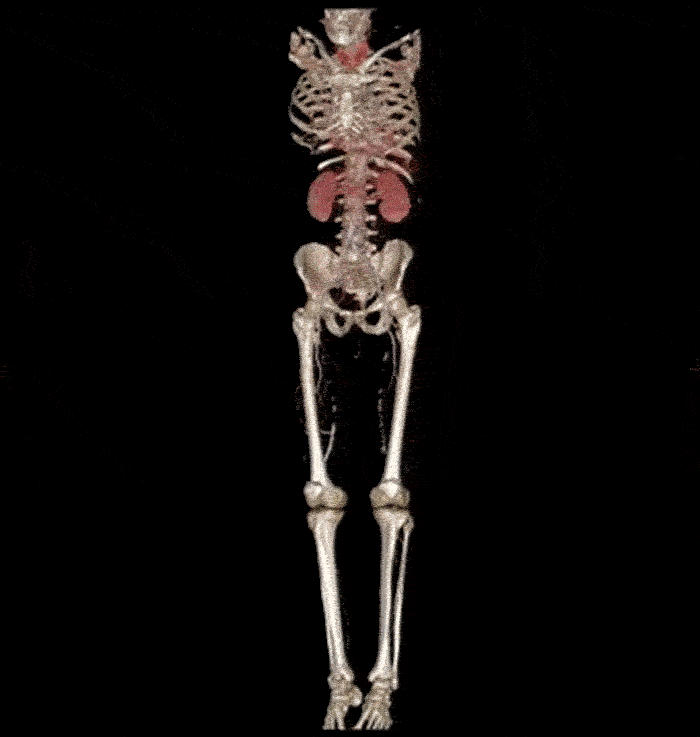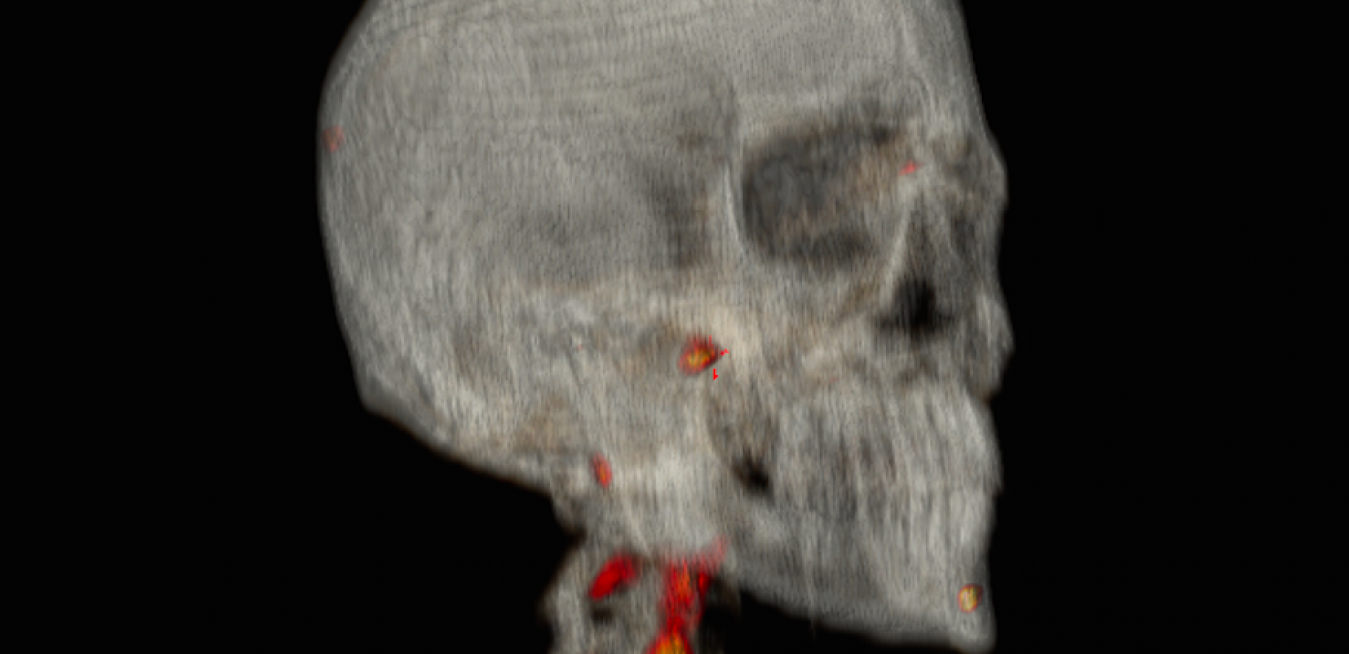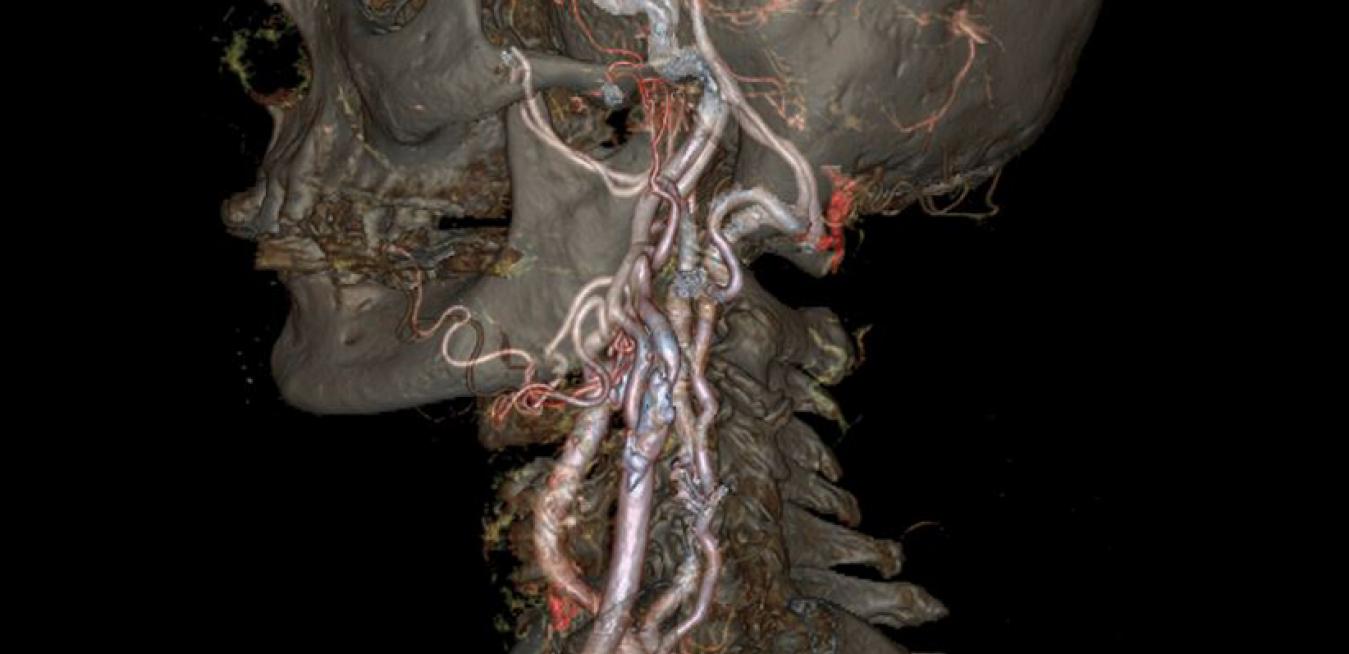Mark Frontera always felt that his work mattered. As a mechanical engineer and then a lab manager at GE Research in Niskayuna, New York, he studied how to improve X-ray technology that could one day help doctors diagnose patients sooner and treat them more effectively.
Over the past two decades, World Cancer Day, which falls on Feb. 4, has become an important day for patients and for clinicians alike. This year, the Union for International Cancer Control, which organized the initiative, will launch a new three-year campaign aimed at bringing together individuals, organizations and governments to create awareness and help close the gap in cancer care. “By 2030, it is estimated that 75% of all premature deaths due to cancer will occur in low- and middle-income countries,” said Anil d’Cruz, the union’s president.
“We need patients to be very still for imaging exams. It shouldn’t be a problem with this one,” radiologist Enzo Angeli joked last year as an unusual specimen was wheeled through the doors of his department. Angeli is head of diagnostics imaging at Humanitas Gavazzeni, a hospital in Bergamo, Italy, and his visitor exhibited a condition that, under normal circumstances, might raise a few red flags. Namely, the patient hadn’t moved in nearly 80 years.
For millennia, doctors hoping to catch a glimpse of what’s happening inside a patient had very few options aside from cutting the body open. But that changed in 1957, when American electrical engineer Hal Anger invented the gamma camera and doctors were able to see what was going on inside of cells.










